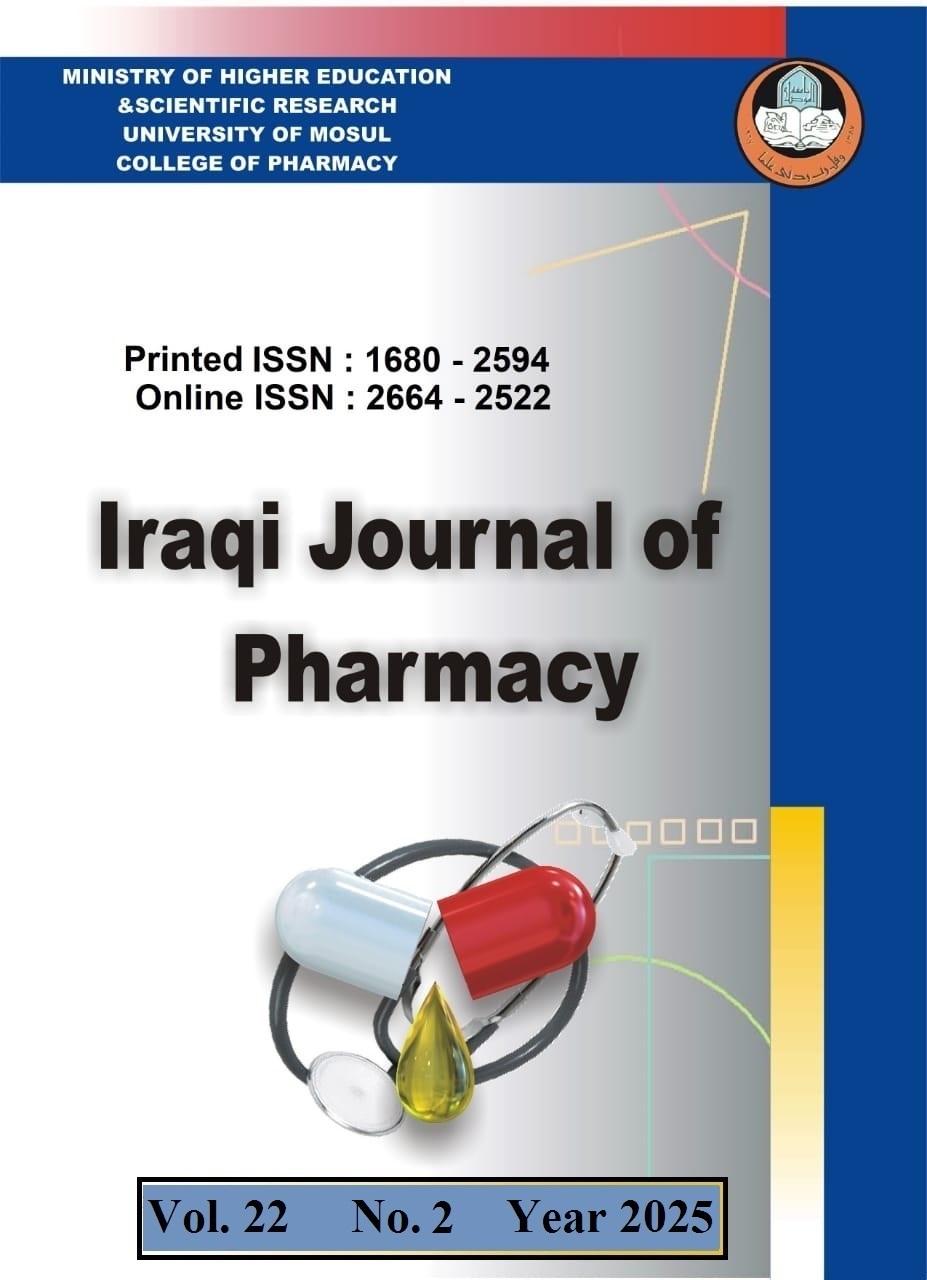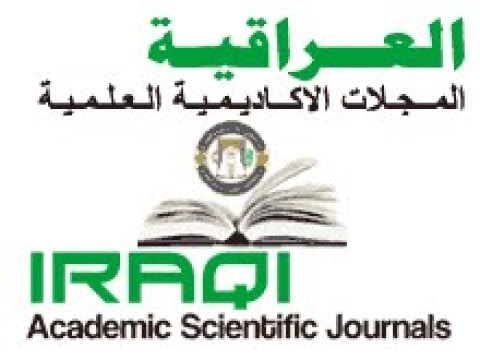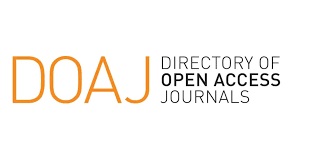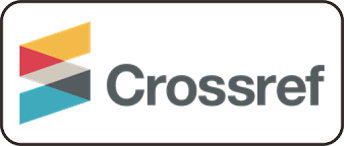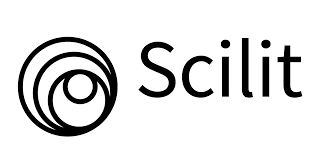Iraqi Community Pharmacists’ Knowledge, Attitudes, and Practices Towards the Adulteration of Herbal Medicines
Abstract
Background: Herbal medicines are the cornerstone of folk medicine. Pharmacists are often the primary first line of care in community settings. They can play a vital role by providing information and supplying genuine herbal medicines (HMs) and dietary supplements (DSs). Evidence-based data on pharmacist's awareness of and views on adulterated medicines in developing nations is limited. Aims: This study aims to explore the knowledge, attitudes, and practices of Iraqi community pharmacists towards adulterated HMs sold in community pharmacies. Methods: a cross-sectional web survey with a convenient sample of Iraqi community pharmacists between the 3rd of January and the 13th of February 2024, using a validated questionnaire. Results: A total of 408 pharmacists participated in this study. 63.5%, 54.2%, and 64.46% have adequate knowledge, an intense attitude in a positive direction, and appropriate practices toward the adulteration of HMs and DSs, respectively. A significant correlation was found between knowledge, attitude, and practice. Male participants were found to have higher knowledge scores than females, but female participants were found to have more appropriate practice than males. Conclusion: The study findings revealed that a large proportion of the Iraqi community pharmacists had adequate knowledge, an intense attitude in the positive direction, and appropriate practice towards adulteration of HMs and DSs.
References
- Awad A, Al-Shaye D. Public awareness, patterns of use and attitudes toward natural health products in Kuwait: a cross-sectional survey. BMC complementary and alternative medicine 2014;14:1-1.
- Garg U, Ferguson AM. Adulteration of herbal remedies with conventional drugs: Role of the clinical laboratory. Herbal Supplements: Efficacy, Toxicity, Interactions with Western Drugs, and Effects on Clinical Laboratory Tests 2010 ; 20:369-86.
- Alyas AA, Aldewachi H, Aladul MI. Adulteration of Herbal Medicine and its Detection Methods. Pharmacognosy Journal 2024;16(1):248-254.
- Newton PN, Green MD, Fernndez FM, Day NP, White NJ. Counterfeit anti-infective drugs. The Lancet infectious diseases 2006;1;6(9):602-13.
- Strutton D, Vitell SJ, Pelton LE. How consumers may justify inappropriate behavior in market settings: An application on the techniques of neutralization. Journal of Business Research 1994; 1;30(3):25360.
- Alaa M. Health Situation in Iraq: Challenges and Priorities for Action, M. Iraqi Ministry of Health, Ministry of Health: Baghdad 2019.
- Al-Jumaili AA. Iraq Pharmaceutical Country Profile: M.o. Health, Editor. 2020, World Health Organization.
- Barrett R, Al-Mousawi HA. Development and initial validation of a postal survey evaluation of community pharmacists opinion regarding falsified (counterfeit) medicines in Hampshire (UK). Journal of Pharmacy and Pharmacognosy Research 2018;6(4):242-249.
- Alfadl AA, Ibrahim MIM, Maraghi FA, Mohammad KS. General public and community pharmacists perception on counterfeit medicines: a preliminary cross-sectional study in Qatar. Journal of Clinical Diagnosis Research 2018;12(1):IC01-IC06.
- Yadav V, Budania N, Mondal A. A questionnaire-based study on knowledge and attitude towards counterfeit medication among the doctors in tertiary care hospital. International Journal of Basic Clinical Pharmacology 2018;7(4):802-806.
- Conway K, Ferstl C, Kumar M. Dietary supplement adulteration - knowledge, attitudes, and practices of California health care professionals: A cross-sectional survey study. Patient Education and Counseling 2023;114:107824.
- Ebrahim SM, Jassim UT. Herbal use among hypertensive patients in Basra, Iraq 2020.
- Al-JumailiA., Younus M., SalehZ. The Epidemic of Substandard and Falsified Medications in Iraq: Evaluating the Effectiveness of National Pharmacovigilance Alerts to Community Pharmacies. Pharmaceutical medicine 2021; 35, 169-186.
- Siraj J, Gebre A, Shafi M, Birhan A, Ejeta F, Hambisa S. Health care providers knowledge, attitude and practice toward counterfeit medicines in Mizan-Tepi University teaching hospital, Southwest Ethiopia: a cross-sectional study Inquiry. The Journal of Health Care Organization, Provision, and Financing 2022;59.
- Mehralian, G., Yousefi, N., Hashemian, F., Maleksabet, H. Knowledge, attitude and practice of pharmacists regarding dietary supplements: A community pharmacy- based survey in Tehran. Iranian journal of pharmaceutical research 2014;13, 14551463.
- Ng JY, Tahir U, Dhaliwal S. Barriers, knowledge, and training related to pharmacists counseling on dietary and herbal supplements: a systematic review of qualitative studies. BMC Health Services Research 2021;21(1):499.
- Ghosn, Z. Lebanon launches campaign to counter fake drugs. SciDev. net-Enterprise 2008.
- Nagaraj, A., Tambi, S., Biswas, G., Ganta, S., Kumawat, H., Mathur, G. Counterfeit medication: Perception of doctors and medical wholesale distributors in western India. Journal of International Society of Preventive and Community Dentistry 2015;5, 7.
- Heinrich, M., Barnes, J., J., P.-G., Gibbons, S., Williamson, E.M. Fundamentals of Pharmacognosy and Phytotherapy: Fundamentals of Pharmacognosy and Phytotherapy E-Book. Elsevier Health Sciences 2017.
- Chaudhary, S. Health Professionals and Pharmacists Awareness and Attitude Towards Counterfeit Medicine. Journal of Nepal Health Research Council 2023; 21, 219225.
- Ziance, R.J. Roles for pharmacy in combatting counterfeit drugs. Journal of the American Pharmacists Association 2008; 48, e71e91.
- Chambliss, W.G., Carroll, W.A., Kennedy, D., Levine, D., Mon, M.A., Douglas Ried, L., et al. Role of the pharmacist in preventing distribution of counterfeit medications. Journal of the American Pharmacists Association 2012 ;52, 195199.
- Kadhim KA, Abbas AN, Hussain SA. Use of herbal drugs as alternative medicine: Experience of Iraqi atients. Spatula DD 2016;5(4):219-5.
- Fahmy, S.A., Abdu, S., Abuelkhair, M. Pharmacists attitude, perceptions and knowledge towards the use of herbal products in Abu Dhabi, United Arab Emirates. Pharmacy practice 2010; 8(2):109.
- Zaidi, S.F., Saeed, S.A., Khan, M.A., Khan, A., Hazazi, Y., Otayn, M., et al.Public knowledge, attitudes, and practices towards herbal medicines; a cross-sectional study in Western Saudi Arabia. BMC Complementary Medicine and Therapies 2022;22, 326.
- Soltanipour, S., Keihanian, F., Saeidinia, A. Knowledge, attitude and practice of physicians towards herbal remedies in Rasht, north of Iran. Medicine 2022;101, e31762.
- Shraim, N.Y., Shawahna, R., Sorady, M.A., Aiesh, B.M., Alashqar, G.S., Jitan, R.I., et al. Community pharmacists knowledge, practices and beliefs about complementary and alternative medicine in Palestine: a cross-sectional study. BMC complementary and Alternative Medicine 2017; 17, 429.
- Younis, N. A. K. Y. The Prevalence, Attitude and Awareness of Herbal Medicine Products Use Among Pharmacy Practitioner in Jordan. Pharmacognosy Journal 2019; 11, 10821087.
- Kadhim KA, Qaragholi ZM, Hamad GK, Omran S, Hamid A. A cluster survey on the use of herbs in the Iraqi societ. Plant Cell Biotechnology and Molecular Biology 2021;1;22(33-34):54-60.
- Belladonna H. National Institute of Health Medline Plus 2011;10-01.
- Small E. National Research Council Canada. Culinary Herbs 2006; 2018;1.
- Wrensch RD. The essence of herbs: Univ. Press of Mississippi; 1992.
- Stickel F, Patsenker E, Schuppan D. Herbal hepatotoxicity. Journal of hepatology 2005 1;43(5):901-10.
- FDA. Dietary supplements: new dietary ingredients notifications and related issues: guidelines for industry 2016 April.
